
 |
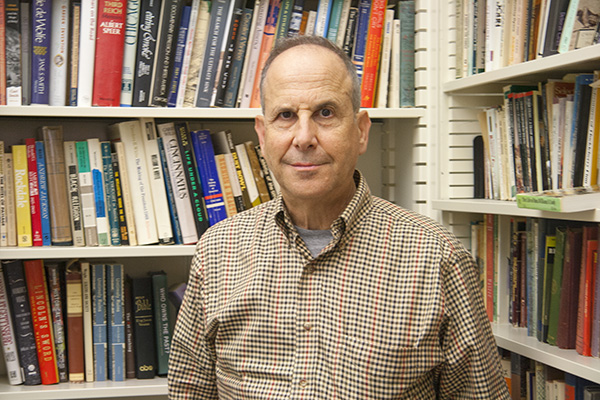 |
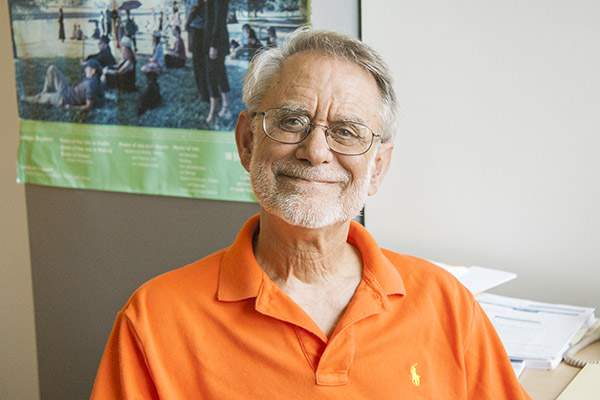 |
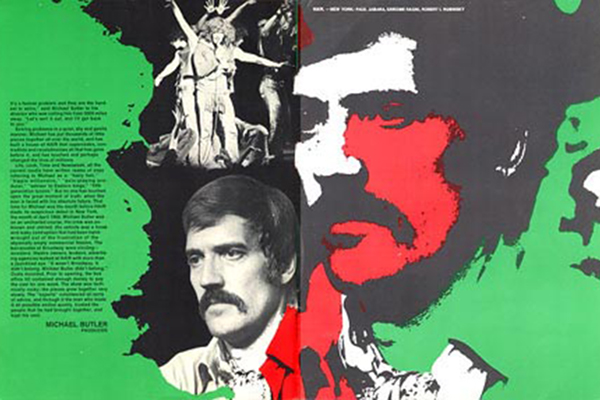 |
I spoke with Carl Smith as part of the first chapter of this project: Pre-History through the Chicago Fire. Professor of English, American Studies, and History at Northwestern University, his recent book, City Water, City Life, addresses early urban water issues. As part of our conversation Smith mentioned the horribly contaminated state of the Chicago River and the irony of being situated alongside a vast amount of fresh water. |
My conversation with David Van Zanten falls within this project's second chapter: Cap Streeter & the Development of Streeterville. Professor of Art History and an architectural historian, Van Zanten ruminates on three types of architectural history within the area represented in Shifting Grounds: personal, written, and unrealized. |
Of everyone I spoke with, Michael Butler has the longest connection to the MCA site. In 1932, his father, Paul Butler, founder of Oak Brook and its polo grounds, became Captain of the 106th Cavalry, which soon became known as the ceremonial Black Horse Troop, and was housed at the Chicago Avenue Armory. Both Butlers played polo in the armory's indoor arena. Michael Butler is further connected to this project through the Illinois National Guard's deployment during Chicago's 1968 riots when his production of Hair led to a meeting with members of the group that would become known as the Chicago Seven. Butler was opposed to turning the armory grounds over to the MCA. |
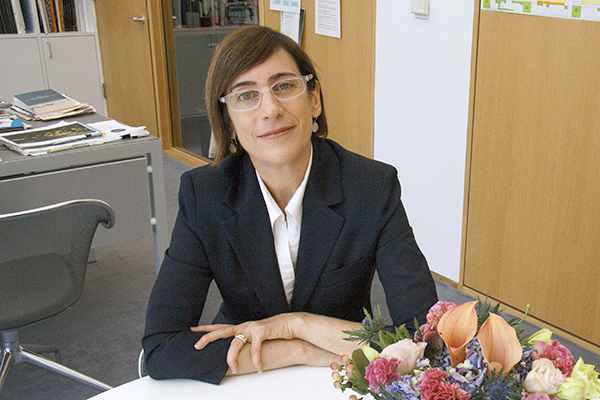 |
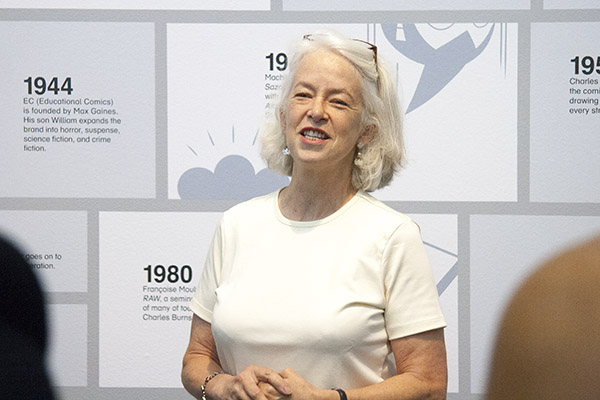 |
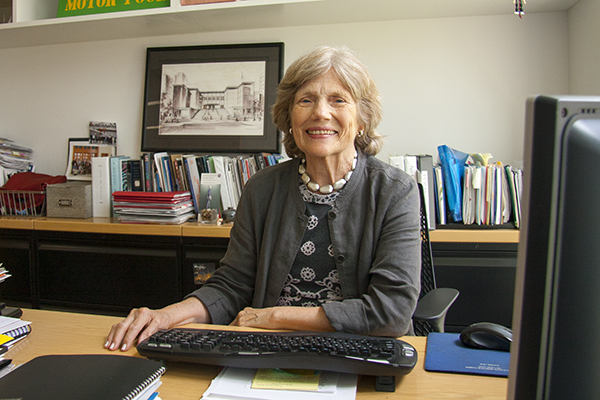 |
Madeleine Grynsztejn, the current and first female director of the MCA explained the museum's mission, how she sees her role as its director, and considered ways of defining contemporary art as the museum passes its 45th anniversary. |
Lynne Warren first visited the MCA in 1971 as a young painting student. She is now the museum's longest standing curator. We talked about the role of a curator, shows that she's curated, and the early history of the museum. |
Director of Administration, Helen Dunbeck, who started as a volunteer in 1975, spoke with me about her years at the MCA, preparing for 1992's Art in the Armory: Occupied Territory exhibition, and Goldberg, the taxidermied dog at the Chicago Avenue Armory. (See bottom entry.) |
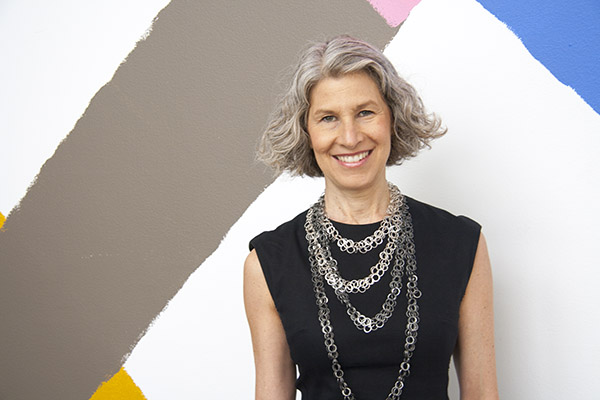 |
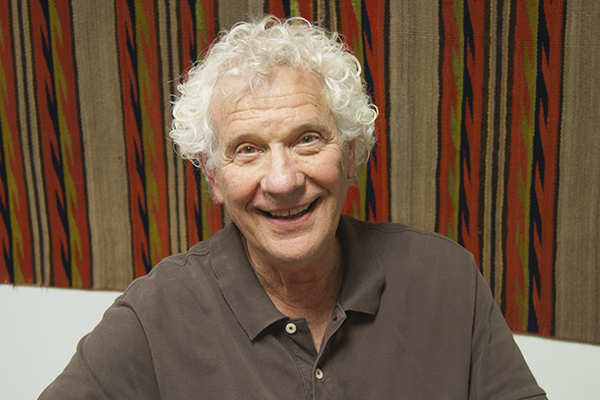 |
 |
In July 1988, Mary Ittelson became the MCA's first associate director. The following month she assumed the role of acting director when I. Michael Danoff left his post at the museum. She remained in that position until Kevin Consey was chosen to replace Danoff in August 1989. Ittelson recently served four years as Chair of the Board of Trustees and is now a life member of the board. She spoke with me about meetings with Generals and others who were involved in transitioning the museum from its Ontario Street location to its present site. |
Allen Turner was Chair of the Board of Trustees during the transition of the MCA from the Ontario St. location to the present site. He was also chair of the architect selection committee. In two separate conversations he explained the steps that were required for the transition, detailed the selection process, and told why the committee chose Josef Paul Kleihues as the architect of the new MCA building. |
Kevin Consey was the director of the MCA during the transition of the museum to the new site. Arriving in 1989 when he was 37 years old, he remained until 1998. We talked about those years, the pressures of directing a museum during a period of stress, and the monumental task of expanding all facets of the institution. |
In addition to these 10-25 minute pre-arranged recordings, I recorded brief conversations with Major Kent Ketter and Richard Guzman Barone, both associated with the Illinois National Guard Armory. I visited the Donnelly Building armory - the location exchanged for the Chicago Avenue site - on my quest to learn the whereabouts of Goldberg, the taxidermied dog who stood sentry for 60 years inside the entrance of the Chicago Avenue armory. First discussed with Helen Dunbeck, above, follow the quest and hear the conversations here. Pamela Bannos © 2021 HOME |
||